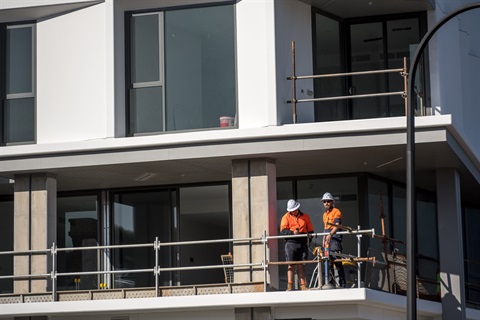What is development approval?

A building development or renovation of your premises can be an exciting, but stressful time.
If you are considering doing any building works, want to change the way your property is used, or erect an advertising sign, it is likely you will require development approval.
Development approval consists of one or more types of consent granted during the development assessment process. The consents required for your development depend on what is being proposed and where it is located.
Development approval is set out by the new Planning, Development and infrastructure Act 2016 and may require:
- planning consent;
- building consent; and/or
- land division consent
You can apply for planning consent and building rules consent at the same time if you wish as it is quite common to need BOTH planning consent and building rules consent to get development approval.
Planning consent
A planning assessment involves assessing the impact of development, including the:
- potential impact of development upon adjoining buildings, properties and people (e.g. overshadowing, overlooking, and visual dominance);
- size, shape, orientation and layout of new allotments;
- impact to heritage buildings – this involves building work to a heritage building,works adjacent to a heritage building and impact to the character of existing buildings in an existing street or locality; and
- appropriateness of certain land uses, dependant on the relevant zoning.
Examples of other criteria considered during assessment are environmental sustainability, access and traffic, and public safety.
This assessment is undertaken against the single state-wide Planning and Design Code. You can find out what policies apply to a development or address, or simply browse the Planning and Design Code in its entirety here.
Building consent
After receiving a planning approval, a building approval is typically required.
This involves an appraisal of the design of buildings to ensure the proposed works are in accordance with the Building Code of Australia and relevant Australian Standards.
Building approval can be undertaken by Council or a private building certifier and includes approval for the structural details to the building, fire safety and exits, building classification and the capacity of the building, amongst other things.
Land division consent
Land division consent is required for development that involves the creation, movement or deletion of land boundaries, for example:
- moving the boundary between two allotments;
- subdividing land into two; and
- amalgamating multiple allotments into one allotment.
Land division consent is granted by assessing the development against infrastructure requirements set out by legislation. This ensures the resulting land is appropriately serviced for land use development.
If land division consent is required, the development approval must also include a planning consent.
Land division consent is usually granted by a planner in either state or local government.
Find out more about the development application process here.
You may also be interested in: